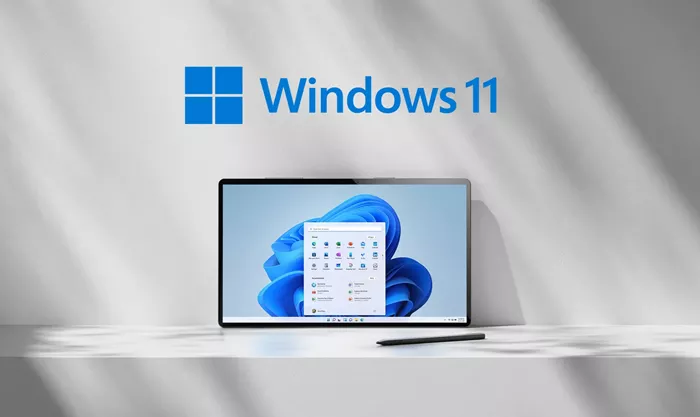Microsoft has rolled out two important cumulative updates for Windows 11: KB5058411 and KB5058405. These updates, released as part of the May 2025 Patch Tuesday, focus on enhancing security and improving system performance across various versions of Windows 11.
These updates address 72 vulnerabilities, including five zero-day exploits actively targeted by attackers. They are part of Microsoft’s regular monthly quality update cycle.
KB5058411: Strengthening Windows 11 Version 24H2
The KB5058411 update is aimed at Windows 11 Version 24H2 (OS Build 26100.4061). It focuses on improving the operating system’s security and performance.
In addition to security updates, the KB5058411 update brings several key fixes, including:
Audio Fix: Resolves an issue where microphone audio could unexpectedly mute, ensuring smoother communication.
Eye Controller App: Fixes a bug that prevented the eye controller application from launching, improving accessibility features.
AI Enhancements: Upgrades Image Search, Content Extraction, and Semantic Analysis to version 1.7.824.0, improving the AI components of Windows 11.
The update also includes the Windows 11 servicing stack update (KB5058523, build 26100.4060), which enhances the reliability of the update installation process, ensuring that future updates are installed efficiently.
Microsoft has reported no known issues with this update, making it a stable release for users.
KB5058405: Enhancing Windows 11 Versions 22H2 and 23H2
The KB5058405 update is designed for Windows 11 Versions 22H2 and 23H2, covering OS Builds 22621.5335 and 22631.5335. This update focuses on strengthening security to protect user devices.
It is paired with the servicing stack update KB5058528 (builds 22621.5334 and 22631.5334), which optimizes the update delivery process.
Microsoft has confirmed that no issues have been reported with this update, ensuring a smooth deployment for users on these older versions of Windows 11.
How to Install These Updates
Both updates are available through various channels, including Windows Update, Microsoft Update, Business, Catalog, and Server Update Services. These updates will automatically download and install for users who have enabled automatic updates.
Microsoft has clarified that these updates do not include Microsoft Store app updates. Enterprise users are directed to use the Microsoft Store apps – Configuration Manager, while consumers should use the Microsoft Store for app-related updates.
For optimal installation, Microsoft combines the latest servicing stack update (SSU) with the latest cumulative update (LCU). Users can learn more about SSUs and their role in maintaining a stable update system through Microsoft’s dedicated resources.


